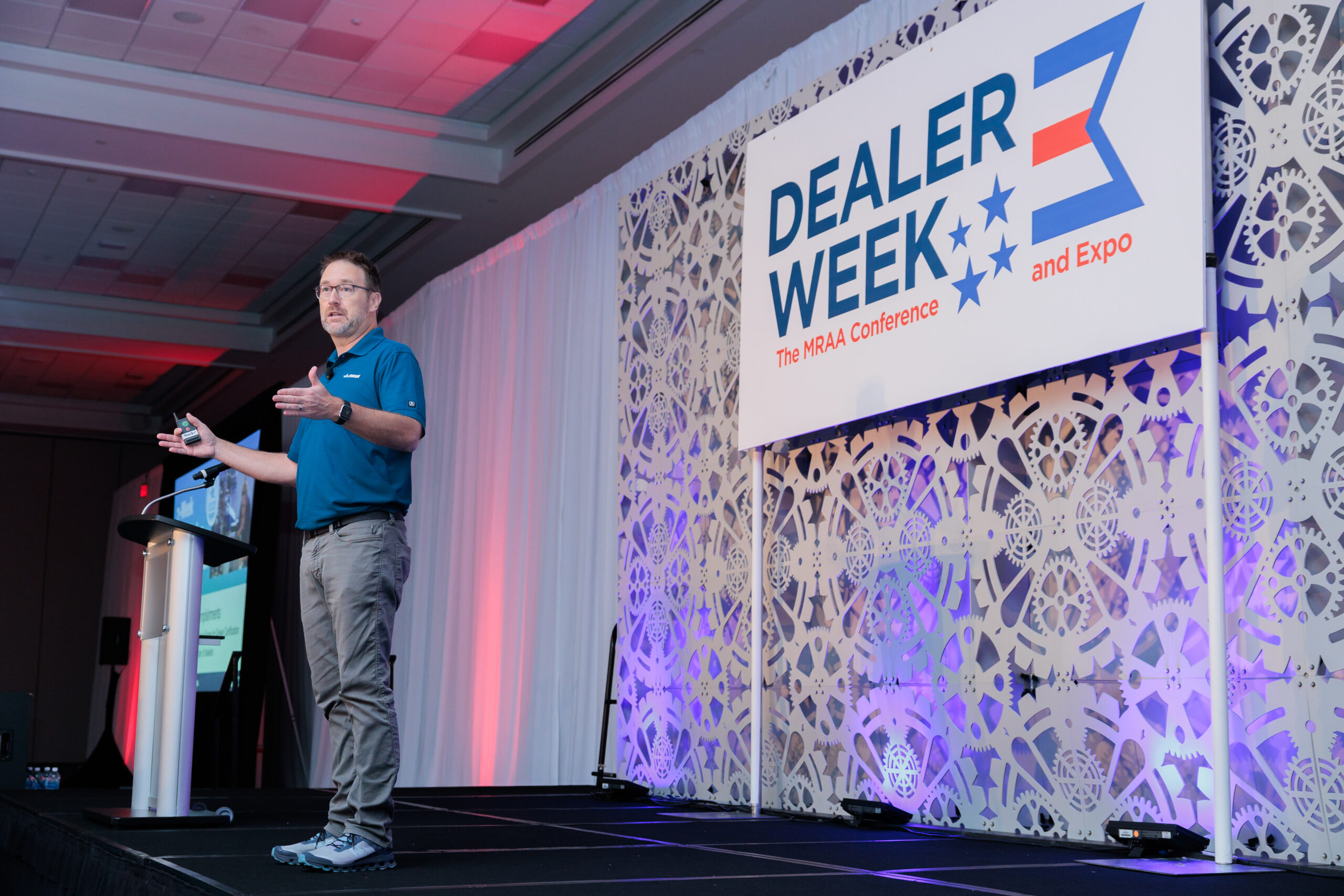As long-time boating enthusiasts and professionals, it’s easy for us to forget how much first-time boat buyers don’t know about boating.
Last week, for example, I watched as a new boat owner tried more than a dozen times to back his trailer down the ramp to retrieve his boat. He gave up and asked a fisherman who had been standing in the parking lot drinking a beer, to back the trailer into the water for him. After he obliged, and the wheel wells were submerged down the ramp, the novice had one more question: “How do I get the boat onto the trailer?”
No matter what your personal boating history, and no matter if your customer is a first-time buyer or just a new-to-them boat buyer, there are a number of unknowns they face. And let’s be honest, there are numerous issues — What’s wrong with my trolling motor? Why doesn’t my speedometer work? Why aren’t the lights working on my trailer? How do I get these things fixed? — that either we’re not aware that the customer is experiencing or we gloss over them because of our years of dealing with and fixing those issues ourselves.
But these are the exact reasons why post-sale follow up is the No. 1 tactic for not only ensuring a quality ownership experience, but also for gaining repeat business. As that customer’s dealer, you are also their closest ally in an enjoyable boating lifestyle. You are the authority on boating. You are the guide to help them get the most out of their new purchase. And you are their resource when something goes wrong.
Unfortunately, when something goes wrong, consumers today are more likely to voice their discontent on social media than they are to pick up the phone and call you. Another reason why follow-up is so critically important.
First-time boat buyers need extra care in the buying and ownership process. Dealers need
to make sure they bolster their follow-up procedures to help retain them as customers.
I know you don’t have time to follow up with every customer, especially in today’s overwhelming sales environment. But you need to make the time in order to keep these customers in boating and to bring them back to your business when it’s time to upgrade.
We often think of the sales process as a relationship building effort. But, really, the customer needs the relationship on the back side of the sale — after they trailer off your lot or idle away from the dock. That’s when they’re really going to need you. Will you be there for them?
We want to make a follow-up procedure as easy as possible for you, so we’ve created a series of resources and ideas to help you get started. Here’s a six-step approach for prioritizing follow-up and creating an outstanding customer ownership experience:
- We’re all running short on inventory, and now that we’re past the early July peak of summer, and the sales season is beginning to slow, you should create a plan to ramp up your follow-up procedures. Start by making the shift from a sales mentality to a customer experience mentality.
- Decide your approach for which team member(s) will make the calls: Typically, it would be the sales contact or a sales manager or a customer service representative or some combination of them all. You could make a case for that call to come from a service writer who could help assist with minor issues the customer is having. The “who” is not as important as actually making the call because it’s the care and concern that matters. Just make sure they have a customer experience mindset.
- Start with your sales log. Pull a list, to include name, contact info and the make and model of the boat that was purchased, for every boat buyer since the beginning of the year. Start with the first boat and call every customer in order of purchase. Yes, you should include used- as well as new-boat buyers.
- Log every conversation in your customer relationship management (CRM) tool.
- Create a task calendar for issues that need to be followed-up on further, and make sure those tasks not only get assigned to someone but also that they are followed through on.
- Don’t forget about service. Demonstrating that you care that the service work you completed has been done satisfactorily is a great way to build rapport and strengthen your relationship with the customer. (Follow the same process as above, beginning with a list of every service customer and the work that was completed.)
Your follow-up strategy doesn’t need to be super elaborate. It can start as easy as that outlined above. The important thing is that you ensure that post-sale (and service) follow-up is conducted so that the customers know they have an ally in your dealership … and someone that they know will take care of them when it comes time to upgrade their boat.




